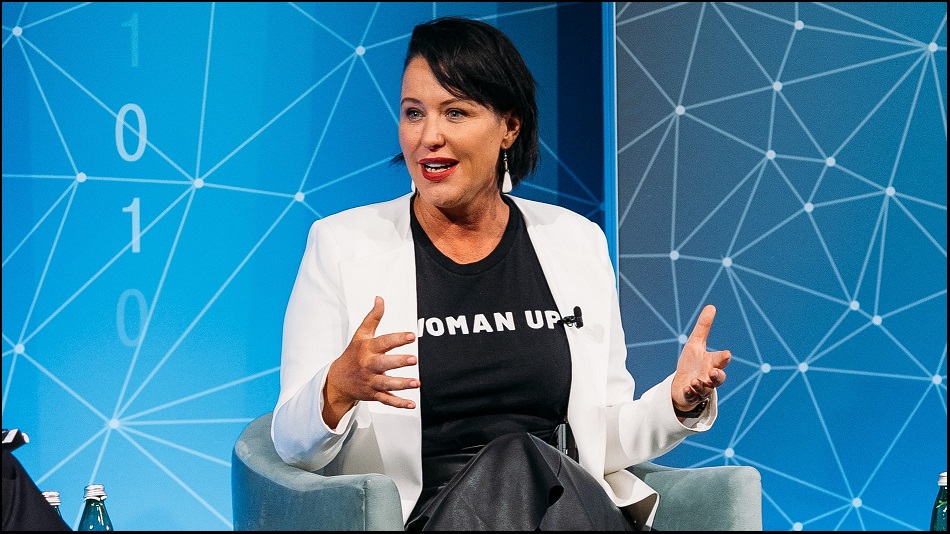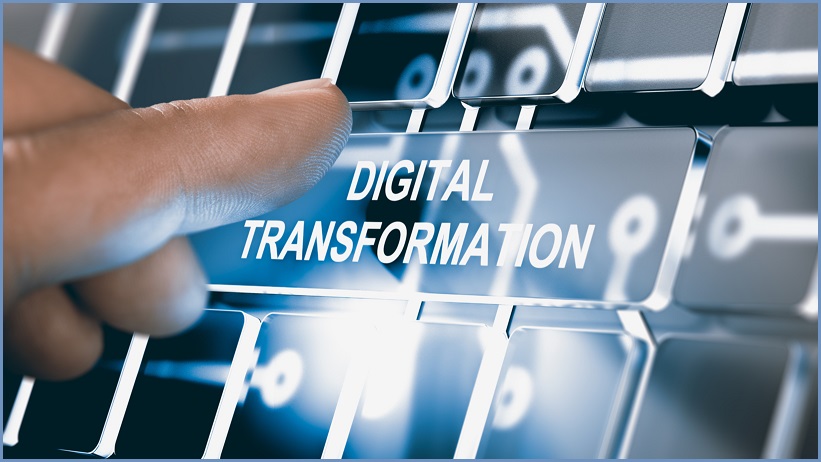The term ‘digital transformation’ is used to describe so many different types of technology investment that it has become “almost cringeworthy”, according to technology executives who warn that “conservative” attitudes have stifled Australia’s digital competitiveness.
When talking about digital transformation, “everyone just kind of throws everything in”, Nicki Doble, interim CIO/CISO with travel insurer Cover-More, said during a panel discussion at the recent ACS Reimagination Thought Leaders’ Summit 2022.
“Organisations are putting projects together and coming up with a solution,” she explained, “and then calling that their digital transformation – so, they’re starting at the wrong end.”
Digital transformation is “such an overused term that it’s almost cringeworthy,” Doble continued.
“It would be lovely to hold the term ‘transformation’ a bit more dear, because there is some amazing work that’s going on across the business, in every business function – and those people deserve the credit with the word ‘transformation’.”
Michelle Ash, CEO of 3D design software giant Dassault Systèmes, agreed that the term is “very overused” for everything from small proofs-of-concept through to “substantive, reorganisations [and] fundamental changes of both the way the organisation works and the business model.”
Transformation needs to be considered less as a catchall for any project that happens to be digital and more as a “fundamental change to the way we go about doing things,” Ash said.
“There are underpinning layers, and there are key steps to transformation,” she explained.
“One of the underpinnings is good comms systems, good IT systems that allow the user – a customer, client, or internal to the organisation – ways of interacting with the organisation that are simple, easy, and quick to use.”

Nicki Doble at Reimagination. Photo: Good Thanks Photography
Transformation is challenged when data and business changes are executed separately, noted Tanya Graham, executive for strategy with healthcare giant Healthscope, who has helped steer organisational transformation in a world where “people expect to be able to do everything on their phone now.”
This had proven challenging in a healthcare industry that “traditionally is quite old-fashioned and a bit down the curve in terms of digital maturity,” Graham said, “so we needed to start thinking about how we could use emerging technology to try and accelerate ourselves through that maturity curve.”
Ultimately, effective transformation was as much about “changing the way that we engage with our staff,” she said, “and changing the way we do things.”
“We started off seeing it as something kind of separate, but it needs to be fully integrated, more broadly, into what we’re doing strategically,” Graham explained. “The data piece and the digital piece need to go hand in hand.”
Putting the ‘transform’ back into ‘transformation’
Despite their oft-stated interest in digital transformation, Ash warned that Australian companies are “getting outstripped” by countries like India and Canada that have built continuous, well-integrated STEM education pipelines.
Australian businesses “have a risk-averse approach that isn’t matched overseas,” she said. “We still have conservatives within boards, management teams, and investors.”
“We need to think about how we make boards and executive teams more comfortable with technology, and understanding how helpful it can be.”
Effective transformation can be split into three broad stages, Ash explained – starting with “digitising all of the things that you do”, such as eliminating paper-based systems for digital alternatives.
The second stage comes as businesses work to integrate all of those processes “so that you don’t have these isolated silos that people have to deal with,” she explained.
“You can see across the organisation to understand how each silo works and drive collaboration and integration – which ultimately leads to better customer service.”
With processes digitised and integrated, Ash said, transformation’s endgame is the creation of ‘digital twins’ that model an organisation’s everyday functioning in an interactive environment that enables strategists to model thousands of ‘what-if’ scenarios to enable more informed decision-making.
“You can try out different business models, or ways of servicing your customers, or different processes within your organisation,” she said, “and make sure that you’re making the right decisions for both your organisation and for all of its stakeholders.”
“For me, that thing really drives a transformation, because now this is a fundamentally different way of working [and] your planning is fundamentally different.”










